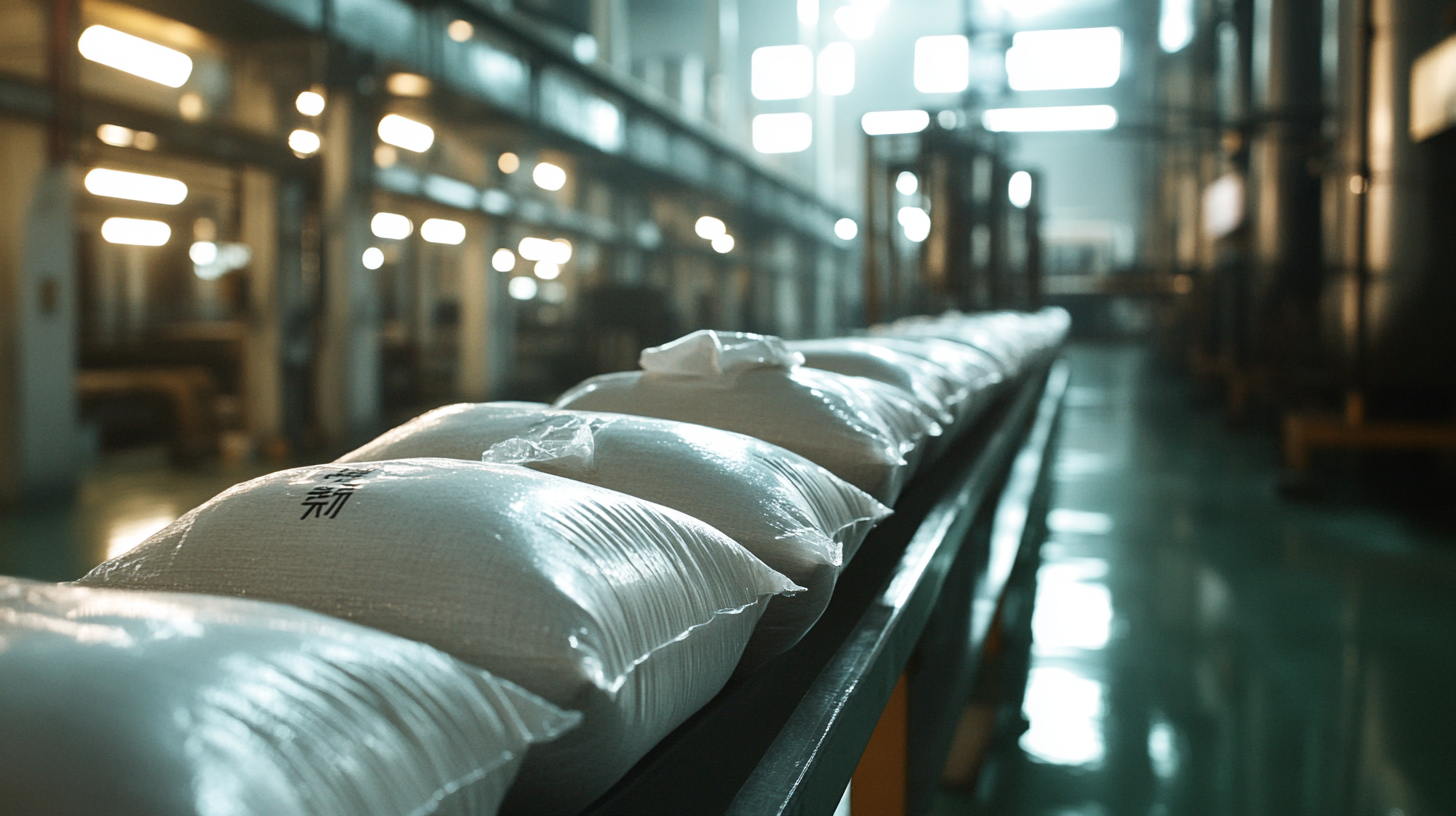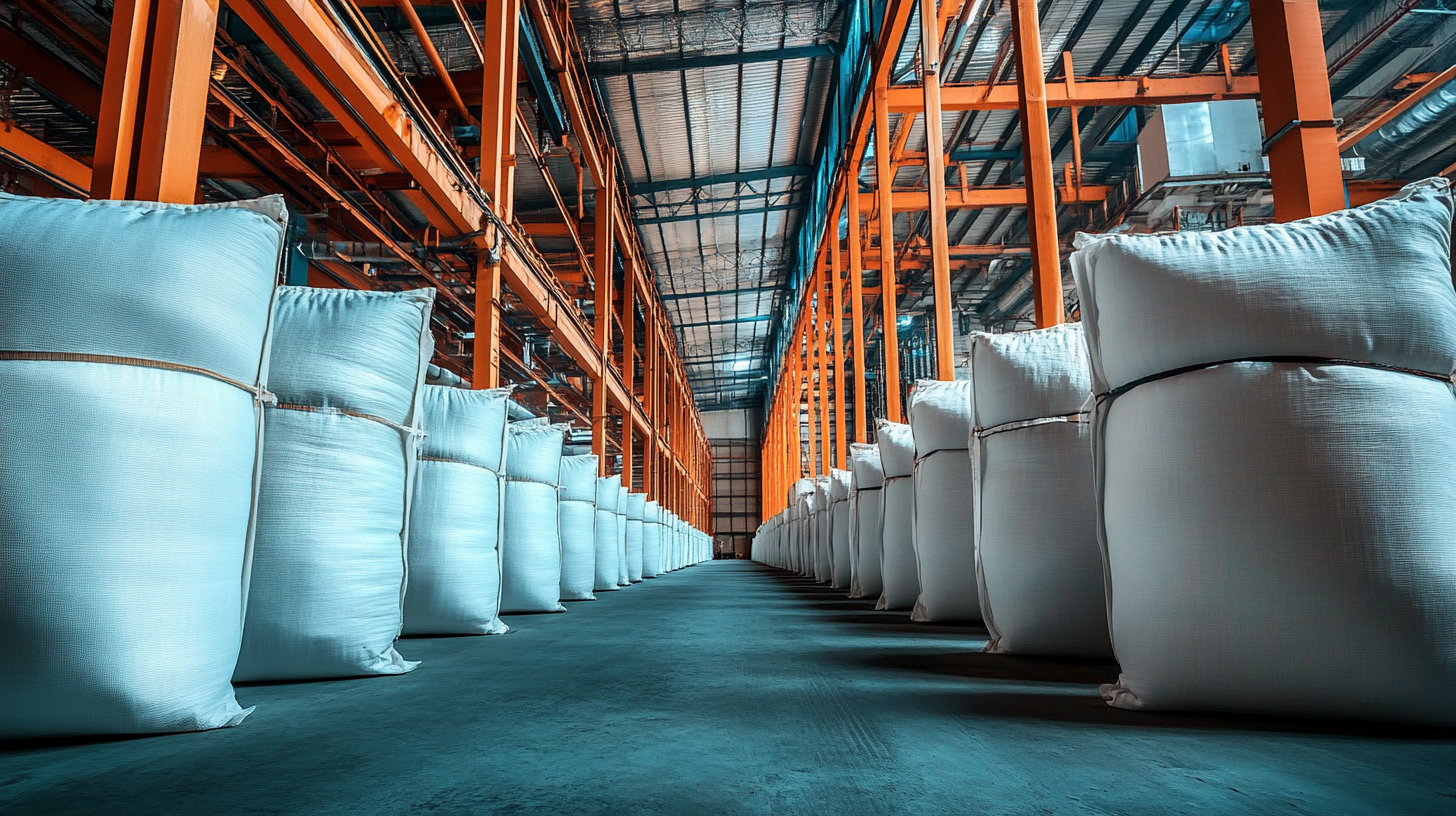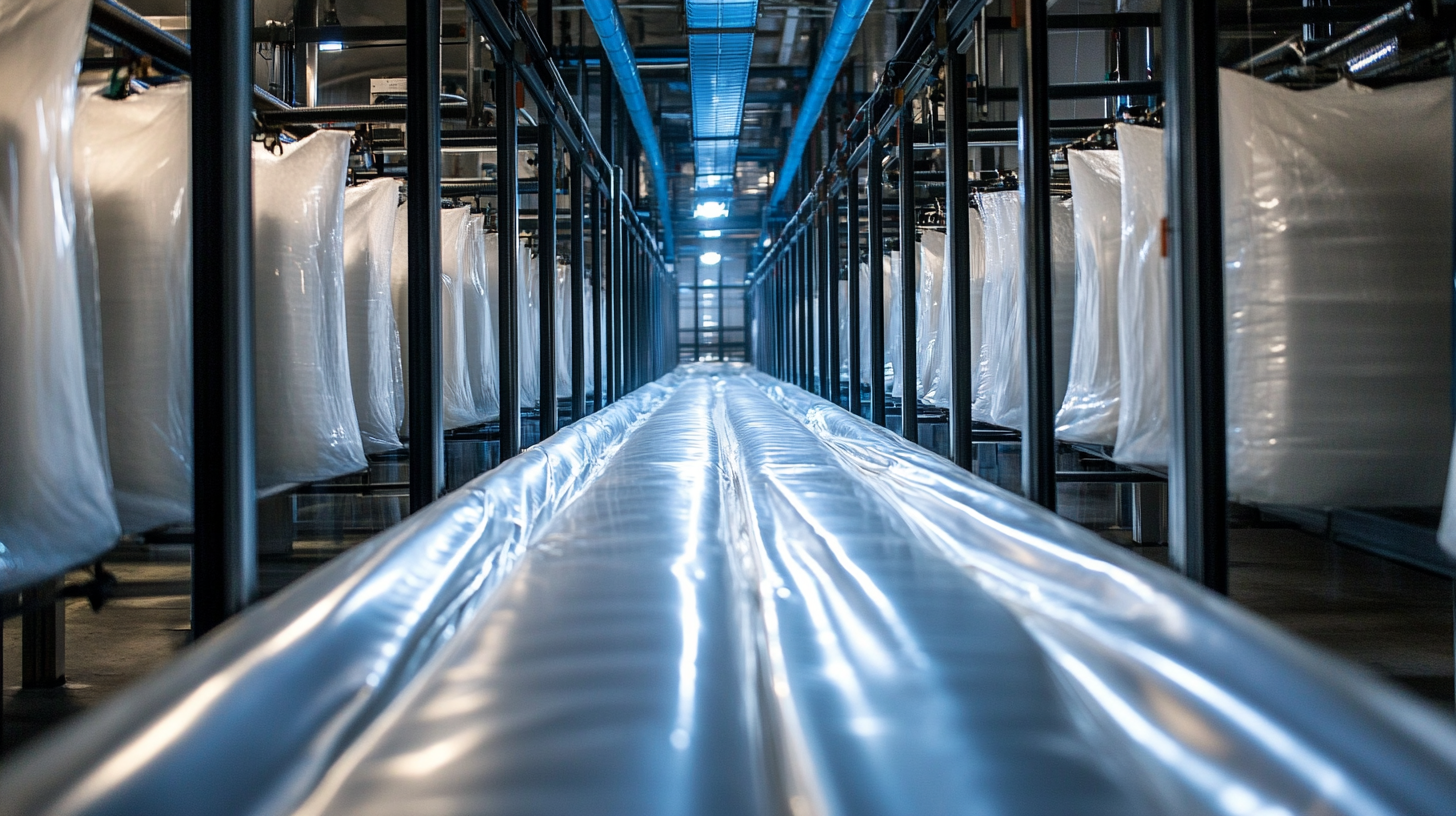Resilient Growth of Chinese Manufactured Best Bag House Filters Amid US China Tariff Challenges
In recent years, the global filtration industry has witnessed unprecedented challenges and transformations, particularly in the realm of Bag House Filters. Despite the implementation of tariffs between the United States and China, the Chinese manufacturing sector has demonstrated remarkable resilience, with a reported growth rate of over 15% in the production of these essential filtration systems. According to a market analysis by Research and Markets, the global demand for Bag House Filters is expected to reach USD 10 billion by 2026, driven by strict environmental regulations and an increasing awareness of air quality. The adaptability of Chinese manufacturers, who have optimized their production processes and invested in advanced technologies, has enabled them to navigate the turbulent trade landscape successfully. As the competition intensifies, understanding the dynamics of this market becomes crucial for stakeholders aiming to capitalize on opportunities amidst adversity.

Challenges and Opportunities: Understanding US-China Tariff Dynamics
The ongoing US-China trade tensions have created a complex environment for businesses, especially in the manufacturing sector. Tariffs imposed on Chinese goods have led to increased costs for American companies relying on imports. However, this challenge has simultaneously opened doors for innovation and strategic advantage within the industry. Many Chinese manufacturers of products like bag house filters are reevaluating their supply chains and production methods, aiming to enhance efficiency and reduce dependency on tariff-affected materials.
As businesses navigate these turbulent waters, some are seizing the opportunity to invest in advanced technologies and sustainable practices. By leveraging their capabilities, Chinese manufacturers are not just weathering the storm but are also positioning themselves to meet the growing demand for high-quality filtration solutions. The resilience shown in the face of tariffs highlights a broader trend where companies adapt swiftly to market dynamics, showcasing agility in response to regulatory changes. In the long run, this could result in a stronger, more competitive manufacturing landscape that ultimately benefits consumers on both sides of the Pacific.

Manufacturing Resilience: How Chinese Companies Adapt to Tariff Pressures
In the face of escalating tariff pressures between the United States and China, Chinese manufacturers of bag house filters demonstrate remarkable adaptability and resilience. Companies have embraced innovative strategies to mitigate the impacts of tariffs, including investing in advanced manufacturing technologies and optimizing supply chains. By focusing on efficiency and reducing production costs, these firms have been able to maintain competitive pricing for their products, even in a challenging economic landscape.
Moreover, collaboration and partnerships have played a crucial role in this resilience. Chinese manufacturers are increasingly forming alliances with international distributors to widen their market reach and enhance product visibility. This collaborative approach not only helps in navigating the complexities of tariffs but also fosters knowledge sharing and best practices in manufacturing. As these companies remain agile and responsive to changes, they reinforce their position in the global market while continuing to meet the demands of domestic and international customers.
Resilient Growth of Chinese Manufactured Best Bag House Filters Amid US China Tariff Challenges
| Year | Export Value (Million USD) | Market Share (%) | Growth Rate (%) | Major Competitors |
|---|---|---|---|---|
| 2019 | 150 | 35 | N/A | Company A, Company B |
| 2020 | 140 | 33 | -6.67 | Company A, Company C |
| 2021 | 160 | 36 | 14.29 | Company B, Company C |
| 2022 | 180 | 38 | 12.50 | Company A, Company D |
| 2023 | 200 | 40 | 11.11 | Company C, Company D |
Market Strategies: Innovations Driving Growth in Bag House Filters
The industrial dust collector market is experiencing resilient growth, driven by innovative strategies that enhance bag house filter technology. As companies continue to adapt to the challenges posed by tariffs and changing regulations, the focus on product innovation within this sector has never been more critical. Advanced materials and efficient designs are at the forefront of these innovations, enabling manufacturers to improve filtration efficiency, reduce energy consumption, and comply with stringent environmental standards.
Furthermore, the strategic implementation of automation and IoT technology is reshaping how industries approach air quality management. Real-time monitoring systems integrated into bag house filters allow for predictive maintenance, reducing downtime and operational costs for manufacturers. This technological advancement not only enhances performance but also aligns with the growing demand for sustainable practices in industrial operations. As the market continues to evolve, these innovations will play a key role in ensuring the long-term success and competitiveness of manufacturers within the industrial air filtration landscape.

The Role of Quality and Affordability in Chinese Filter Exports
In recent years, Chinese manufacturers have made significant strides in the production of bag house filters, maintaining resilience despite the challenges posed by US-China tariffs. A key factor in this growth is the unwavering focus on quality and affordability. According to a report from ResearchAndMarkets, the global market for industrial filtration is projected to reach $41.9 billion by 2026, with a CAGR of 6.6%. Chinese manufacturers are meeting this demand by leveraging advanced technologies that enhance filter performance while simultaneously keeping production costs low.
The emphasis on quality cannot be understated, as consumers increasingly prioritize reliable and efficient products. The China Filtration Association notes that over 80% of bag house filter users consider filtration efficiency and durability as critical factors when making purchasing decisions. By investing in R&D, Chinese companies are able to produce filters that not only comply with international standards but often exceed them, positioning themselves as leaders in the market. Furthermore, competitive pricing strategies enable these manufacturers to capture a larger share of the global export market, despite the lingering effects of tariffs. This remarkable combination of high quality and cost-effectiveness secures a promising future for Chinese filter exports.
Resilient Growth of Chinese Manufactured Best Bag House Filters
This bar chart illustrates the growth trajectory of Chinese manufactured bag house filters from 2019 to 2023, emphasizing the export value in million USD. The steady increase in exports reflects the resilience and competitiveness of Chinese filter manufacturers amid tariff challenges, underscoring the importance of quality and affordability in their market strategy.
Future Outlook: Trends and Predictions for the Bag House Filter Industry
The bag house filter industry is poised for resilient growth despite the ongoing challenges posed by US-China tariffs. As manufacturers continue to innovate and adapt, several industry trends are emerging. According to recent analyses, the market for bag house filters is projected to gain considerable momentum as environmental regulations drive demand for efficient dust collection systems across various sectors, including manufacturing and construction.
In the broader context, the market for industrial air filtration is benefiting from the increasing focus on sustainability and pollution control. Reports indicate that advancements in filtration technologies and materials are enhancing the efficiency and efficacy of bag house filters. The global market for air filtration systems, which includes bag house filters, is anticipated to expand significantly, with a compound annual growth rate projected to reach approximately 7.4% from 2024 to 2030. This growth is underpinned by the rising need for clean air solutions in both industrial and residential settings, mirroring trends seen in related sectors such as smart lighting and manual tools, which prioritize energy efficiency and innovation.
As the bag house filter industry adapts to these trends, manufacturers will need to embrace technological advancements and sustainability practices. In light of evolving consumer preferences and regulatory pressures, the future outlook remains optimistic for those who can leverage these changes to their advantage, ensuring resilience in a challenging landscape.
